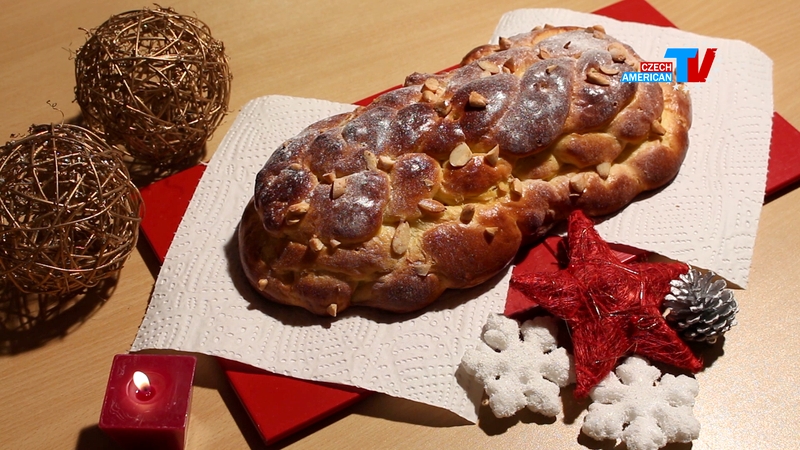Czech Christmas Bread
The Vanocka (a special Czech bread made for Christmas) has a long history and is still popular today. The first reference to a vanocka was in the 16th century, and over the long years it has gone through many small transformations. In the past, it went under such names as huska or calta, and in some places in the Czech Republic today it can be found under a wide variety of names: pletenice, pletanka, stedrovice, stedrovecernice, stricka, strucla, zemle, and ceplik. At one time, a vanocka could only be made by a baker who was a guild craftsman.In the 18th century, people began to bake them at home by themselves. The first of the home-baked vanocka had to be given to the master of the house, so that the grain would prosper in the following year. At the end of Christmas Eve dinner, a large vanocka was sliced up. In some areas, a slice was given to the livestock, so they’d be healthy and safe from evil spirits.Preparing a vanocka wasn’t, and isn’t, simple and therefore a variety of customs are followed in preparing the dough, braiding and baking it to ensure success. The woman of the house had to mix the dough while wearing a white apron and kerchief, she shouldn’t talk, and she was supposed to jump up and down while the dough was rising. Another old custom was to bake in a coin. The person who found it in their slice was assured of health and wealth for all of the following year. A burnt or ripped vanocka was a bad omen. Today, the vanocka is an indispensable and necessary part of the Christmas holidays in the Czech Republic, whether made at home or bought in a store. Even today there are handy people capable of making the lower braid out of seven strands (it’s most often made from four), or else they braid the whole vanocka together at once from six strands.



